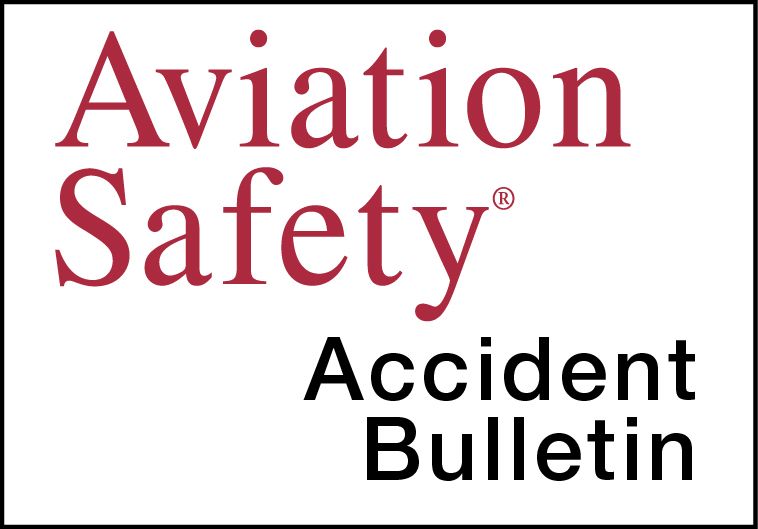AVweb’s General Aviation Accident Bulletin is taken from the pages of our sister publication,Aviation Safety magazine. All the reports listed here are preliminary and include only initial factual findings about crashes. You can learn more about the final probable cause on the NTSB’s website at www.ntsb.gov. Final reports appear about a year after the accident, although some take longer. Find out more about Aviation Safety at www.aviationsafetymagazine.com.
April 2, 2019, Lafe, Ark.
RANS S-6ES Experimental
At about 1732 Central time, the airplane impacted vegetation on final approach to a private airstrip, sustaining substantial damage. The pilot was not injured. Visual conditions prevailed for the positioning flight.
After a low pass over the field, the pilot returned to land. On final approach, he was “blinded by [the] sun” and the tailwheel hit vines growing near the airstrip, causing the airplane to stall. The left wing, left main landing gear and propeller were damaged during the hard landing. According to the NTSB, “[b]ecause the pilot did not hold a current pilot certificate, nor did he meet the medical certification requirements, he was not legally authorized to act as pilot-in-command of the airplane at the time of the accident.”
April 3, 2019, Prairieville, LA
Piper PA-28R-200 Arrow II
The airplane sustained minor damage during a forced landing at about 0954 Central time, following loss of engine power. The pilot was seriously injured. Visual conditions prevailed. While en route, the engine lost power and ultimately seized. While making a forced landing on an interstate highway, the airplane contacted a tractor trailer during the approach, then a tree.
April 4, 2019, Tampa, Fla.
Robinson R44 Raven II
At about 1416 Eastern time, the helicopter was substantially damaged during a forced landing. The commercial pilot and passenger were not injured. A passenger in a vehicle was fatally injured; its driver incurred minor injuries from flying debris. Visual conditions prevailed.
On a previous flight a few days earlier, a pilot made a precautionary landing in a field after the helicopter’s engine lost all power. After changing a fuel servo unit, the accident pilot test-ran the engine and hovered the helicopter for several minutes. No problems were noted. The pilot and one of the mechanics boarded the helicopter and departed the field at 1401. At 1416, the engine lost all power and the pilot performed an autorotation to a roadway.
After touching down, the helicopter slid on the pavement, with its main rotor blades contacting a telephone pole. A piece of a main rotor blade was flung into a nearby truck, killing its passenger and injuring the driver.
Examination of the helicopter’s engine revealed the induction air inlet duct had partially collapsed. No other discrepancies of the airframe or engine were noted.
April 4, 2019, Edgefield, S.C.
Cessna 175 Skylark
The airplane impacted a power pole at about 1215 Eastern time, during a forced landing. The commercial pilot and pilot-rated passenger were not injured, but the airplane was substantially damaged. Visual conditions prevailed.
While in cruise at 2000 feet MSL, the pilot switched to the left tank. About five minutes later, the engine began to run “a little shaky,” which he attributed to a stuck valve. He turned toward a nearby airport but was unable to reach it. The engine then lost power completely and remedial actions were unsuccessful. Rolling out after the forced landing, the pilot maneuvered the airplane to avoid cows but the left wing collided with a power pole.
April 8, Santa Fe, N.M.
Tecnam P2002 Sierra
The light sport airplane was destroyed at about 1538 Mountain time when it impacted terrain during takeoff. The flight instructor and student pilot were fatally injured. Visual conditions prevailed.
A witness reported the airplane did not climb very high after taking off, then “went sideways” and nose-dived toward the ground. Surveillance video showed the accident airplane leveling off at a low altitude, then dropping a wing and entering a steep nose-down attitude before impacting the ground. A post-impact fire ensued.
This article originally appeared in the July 2019 issue of Aviation Safety magazine.
For more great content like this, subscribe to Aviation Safety!



































